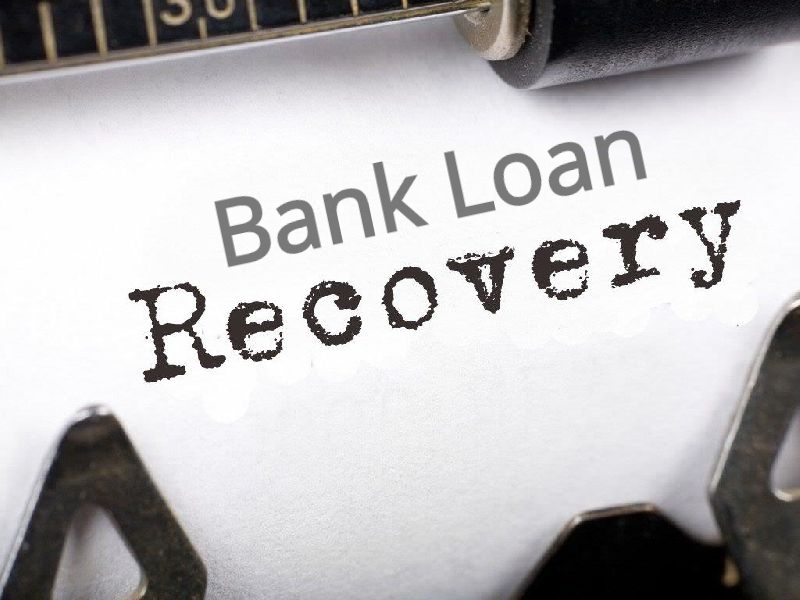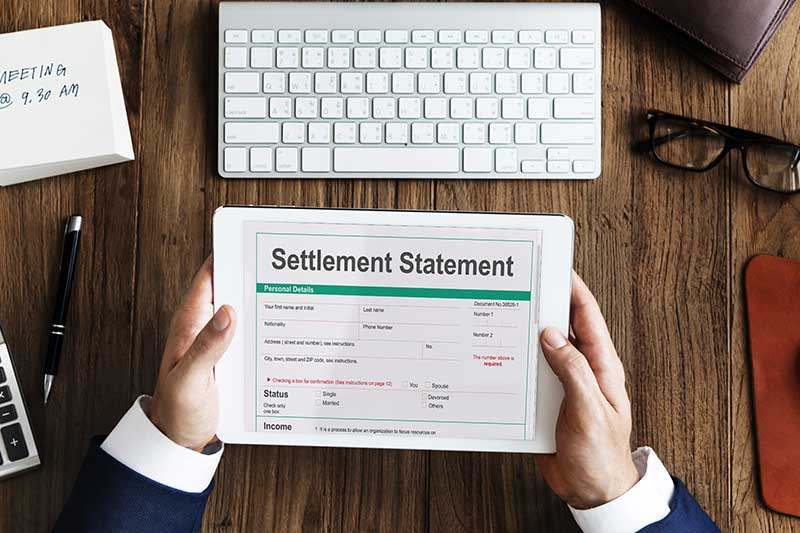In the field of banking and finance, understanding bank loan recovery rules is paramount for both lenders and borrowers. When borrowers default on their loans, it triggers a series of legal and procedural steps aimed at recovering the outstanding debt. This guide delves into the intricacies of bank loan recovery rules, shedding light on the consequences of loan default and the debt recovery process. Also, if you want to know about debt relief solutions, click on the link now!
Bank Loan Recovery Rules: Legal Framework
The legal framework governing bank loan recovery varies from country to country. However, most jurisdictions have established rules and regulations outlining the rights and obligations of both lenders and borrowers in cases of loan default. These rules typically encompass aspects such as loan agreements, collateral, debt recovery procedures, and borrower rights.
Consequences of Loan Default
Loan default carries severe consequences for borrowers, impacting their financial stability and creditworthiness. It can lead to a damaged credit score, legal action from lenders, asset seizure, and the involvement of debt collection agencies. These repercussions make it crucial for borrowers to fulfil their loan obligations to avoid long-term financial repercussions. Hence, these consequences may include:
Negative Impact on Credit Score
Defaulting on a loan can severely harm a borrower’s credit rating, making it difficult to secure future credit. This negative impact can linger on their credit history, affecting their ability to access loans, credit cards, and other financial services. The repercussions of a lower credit score extend beyond immediate financial constraints, potentially hindering the borrower’s financial opportunities and access to favourable interest rates for years to come.
Legal Action
Lenders are entitled to pursue legal measures against borrowers who fail to repay their debts. This process can include initiating a lawsuit to secure a court judgement, which then permits the enforcement of debt repayment through different legal avenues. Such actions ensure that lenders have a formal mechanism to recover the funds owed to them by defaulting borrowers, safeguarding their financial interests. These legal steps are essential to maintaining the integrity of the lending process and ensuring financial accountability.
Asset Seizure
When a loan is secured by assets such as real estate or vehicles, lenders have the authority to seize and liquidate these assets if the borrower fails to repay the loan. This process enables lenders to recover the amount owed by selling the collateral. It is common practice in lending to ensure that lenders can mitigate losses from defaulted loans. This security measure protects the lender’s interests by allowing them to recoup the outstanding balance through the sale of secured assets.
Debt Collection Agencies
Lenders often hire external debt collection agencies to retrieve payments on defaulted loans. These third-party agencies employ multiple strategies to recover the owed amounts. Their methods encompass making phone calls, sending letters, and engaging in negotiation efforts with debtors. The primary aim is to collect the outstanding debt efficiently on behalf of the lending institution. These agencies serve as intermediaries between lenders and borrowers, focusing on resolving delinquencies through various communication and settlement techniques.
Debt Recovery Process
The debt recovery process typically follows a series of steps aimed at maximising the chances of recovering the outstanding debt while ensuring compliance with legal and regulatory requirements. These steps may include
Notice of Default
A Notice of Default is a formal alert from a lender to a borrower about a missed payment, detailing the overdue amount and warning of possible consequences if the issue isn’t resolved.
Demand Letter
If the borrower fails to respond to the notice of default, the lender may send a demand letter requesting immediate payment of the outstanding debt.
Negotiation
In some cases, lenders may enter into negotiations with defaulting borrowers to explore alternative repayment arrangements, such as debt restructuring or settlement.
Legal Action
If negotiations fail, the lender may initiate legal proceedings against the borrower to recover the outstanding debt. This may involve filing a lawsuit, obtaining a court judgment, and enforcing debt repayment through legal means.
FAQs
1. What is the process for bank loan recovery?
The process for bank loan recovery typically involves contacting the borrower to discuss repayment options, sending reminders for overdue payments, and ultimately taking legal action if necessary.
2. How long does it take for a bank to recover a loan?
The length of time it takes for a bank to recover a loan can vary depending on the specific circumstances of the case. In some cases, recovery may be swift, while in others, it may take several months or even years.
3. Can a borrower negotiate with the bank to avoid loan recovery?
Yes, borrowers can often negotiate with the bank to come up with a repayment plan that works for both parties. Borrowers need to communicate openly and honestly with the bank to explore all available options.
4. What are the consequences of defaulting on a bank loan?
Defaulting on a bank loan can have serious consequences, including damage to the borrower’s credit score, legal action, and potential seizure of assets. Borrowers need to take loan repayment obligations seriously to avoid these negative outcomes.






Leave A Comment